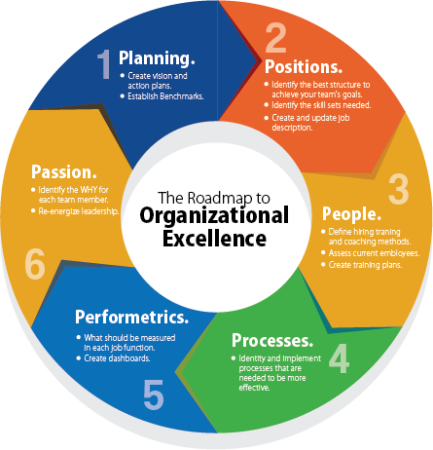CAN YOU ANSWER THIS QUESTION:
Only when you’ve answered that question can you take your company into the top tier through total quality management, where it belongs.
Here’s the difficult part: Your answer to that question is going to take a little time to uncover.
Attend a complimentary Executive Briefing to learn more

As CEO of Sandler Training, Dave Mattson has helped thousands of companies grow and achieve new levels of success. He is often asked what makes one company more successful than another.
Dave has identified the top best practices for organizational leadership and documented them in his best-selling book The Road to Excellence.
Earlier this year, Dave Mattson conducted a live 2 hour Executive Briefing in Fort Wayne, Indiana to share his experience and insights on what business owners and leaders can do to improve organizational performance and achieve organizational excellence.
During the session Dave described the process used to transform a business from $30 million to $1.5 billion in revenue in 5 years and how those processes can work for your company.
"Organizational Excellence" is a business that is so impeccably managed in every aspect of its operation that no matter how closely you scrutinize its daily practices, you can’t find any area where it needs help. It's about achieving operational excellence.
Or, if something isn’t exactly what it should be, the leader is already aware of it and is taking the necessary steps to correct it.
In addition, this business is growing and expanding, moving appropriately beyond its comfort zone to adjust to changing market conditions and technologies. When there are surprises, as there inevitably are, those surprises don’t threaten the existence of the business.
Last but certainly not least, continuous improvement to enhance organizational performance is a way of life at these companies.
All businesses can be classified into four categories:
These companies are always improving their present situation—and always looking forward. For leaders, and everyone else at these organizations, excellence is a way of life.
These organizations are nevertheless vulnerable, because they have not yet created a management culture in which organizational excellence is second nature, regardless of personnel changes.
These businesses are doing well enough to reasonably satisfy the owners and management, but they are vulnerable to regressing back to the at-risk level .
These businesses typically revolve around their leader, without this leader the business or department may suffer greatly.
Working with tens of thousands of companies,
we have identified 14 common blind spots
that can threaten business success or even lead to failure.

The Leadership for Organizational Excellence framework makes Organizational Excellence the basis of your company’s long-term growth plan. The program, which has been tested and proven in multiple industries, works because it is a sequential, continuous, repeating process. The heart of this powerful leadership model is known as the 6 P’s.